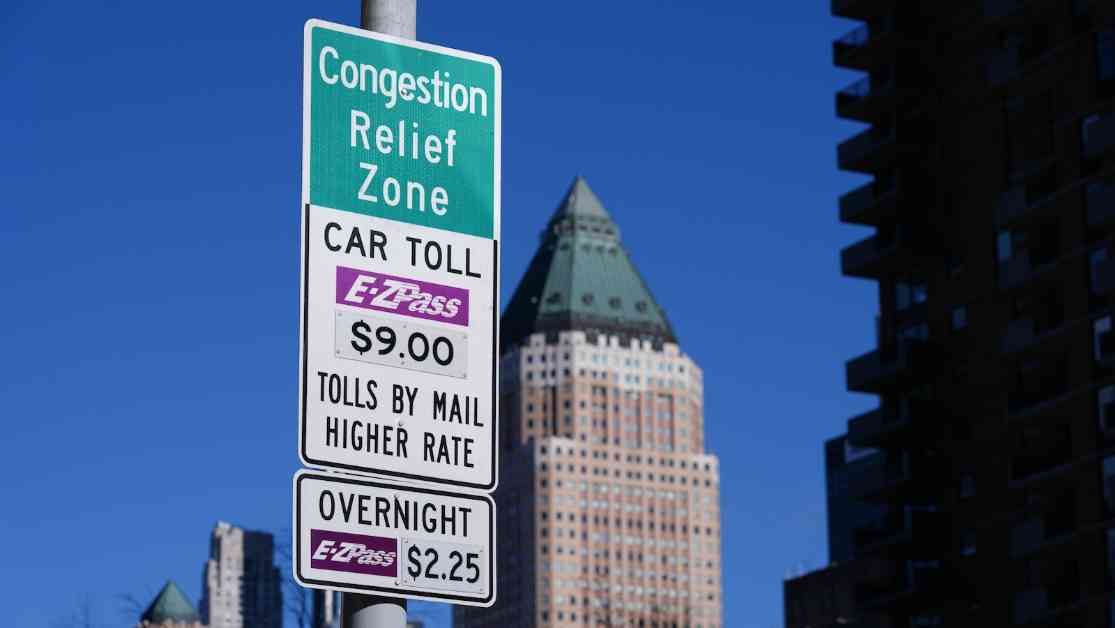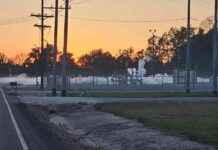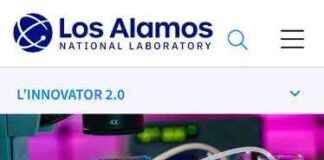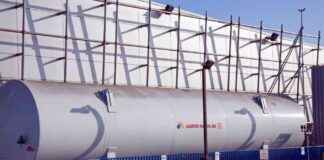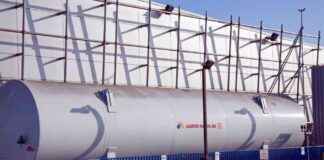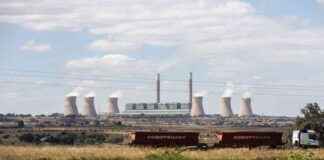## Climate Benefits of NYC Congestion Pricing Plan
After years of anticipation, New York City has implemented a groundbreaking congestion pricing plan, making it more expensive to drive into the busiest part of Manhattan. The policy aims to reduce traffic congestion, raise money for the Metropolitan Transportation Authority, and unlock a host of environmental benefits. Let’s delve into the climate benefits and environmental impact of this innovative plan.
### **First U.S. City to Experiment with Congestion Pricing**
New York City becomes the first U.S. city to experiment with congestion pricing tolls, joining cities like London, Stockholm, and Singapore in disincentivizing driving to create safer streets and a cleaner environment. Environmental and public transit advocates laud the policy for encouraging drivers to reconsider their reliance on cars, leading to shorter commute times and improved public transit options funded by congestion pricing revenue.
### **Improving Air Quality and Reducing Emissions**
One of the primary goals of congestion pricing is to improve air quality by reducing the number of cars emitting harmful pollutants in the densely populated city. An environmental assessment predicts a significant reduction in air pollutants, including carbon monoxide, nitrogen dioxide, particulate matter, and benzene, by 2045. These pollutants have been linked to various health issues like heart disease, respiratory problems, cognitive impairment, and cancer.
### **Long-Term Climate and Environmental Benefits**
While the environmental assessment outlines modest reductions in traditional air pollutants and greenhouse gas emissions, experts are optimistic about the long-term indirect air quality benefits. Congestion pricing is expected to provide a much-needed boost to the region’s public transit system, making it safer, more efficient, and resilient to extreme weather events exacerbated by climate change.
### **Community Concerns and Mitigation Efforts**
Despite the potential benefits, there are concerns about increased traffic in certain neighborhoods, like the South Bronx, which already face high rates of asthma. To address these issues, the Metropolitan Transportation Authority has pledged to fund mitigation efforts, such as replacing diesel-fueled trucks with cleaner models and installing air filtration systems in schools near highways. However, some community members remain skeptical about the plan’s overall impact on pollution in the area.
### **Looking Ahead: Climate Resilience and Public Transit**
As New York City grapples with the dual challenges of climate change and urban congestion, investing in a robust public transit system is crucial for achieving climate goals and ensuring environmental sustainability. The funds raised through congestion pricing will enable the MTA to access financing for capital improvements, enhancing the subway system’s accessibility and resilience in the face of extreme weather events.
In conclusion, the NYC congestion pricing plan represents a significant step towards creating a greener, more sustainable city by reducing emissions, improving air quality, and bolstering public transit infrastructure. While challenges and concerns remain, the potential long-term benefits for the environment and the community make this policy a pivotal moment in New York City’s efforts to combat climate change and build a more livable urban environment.

